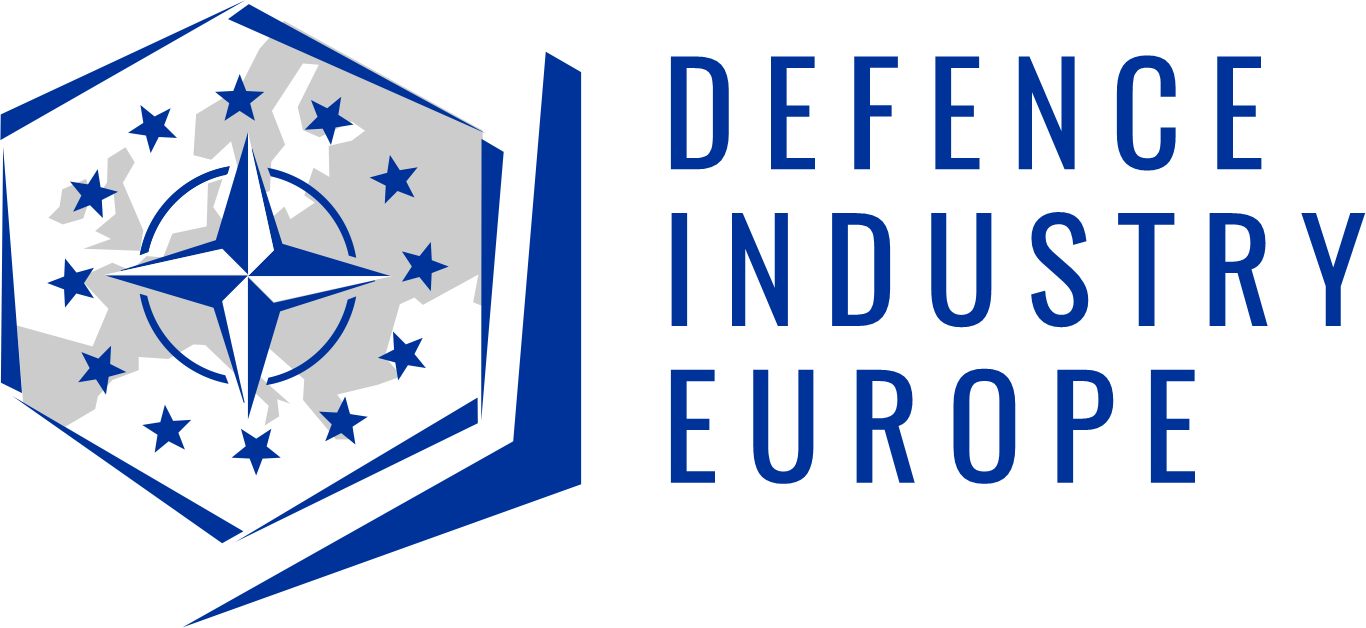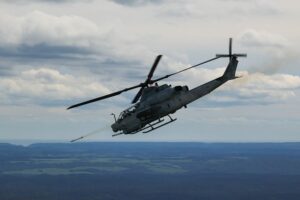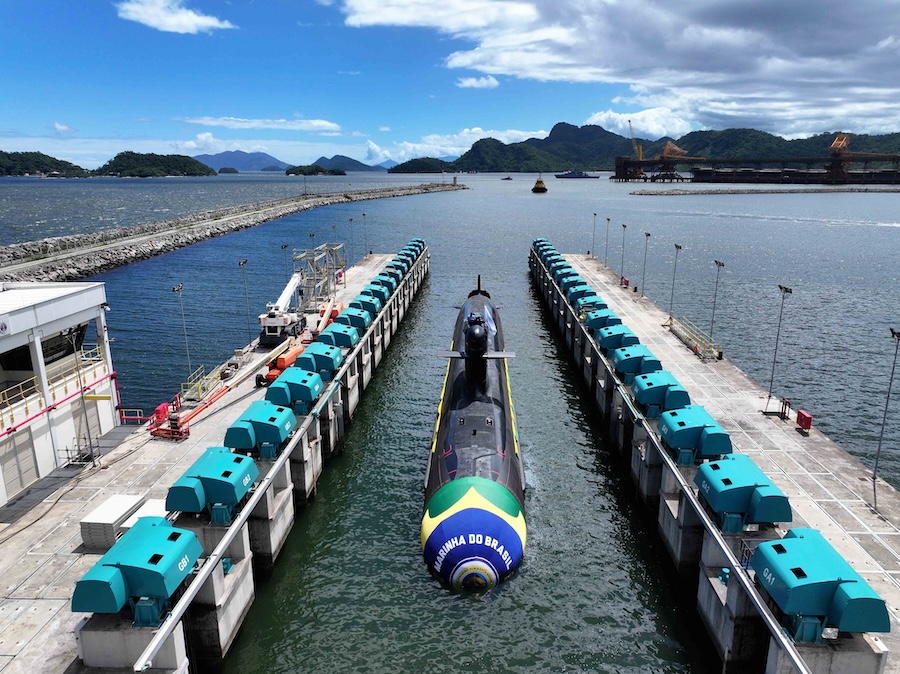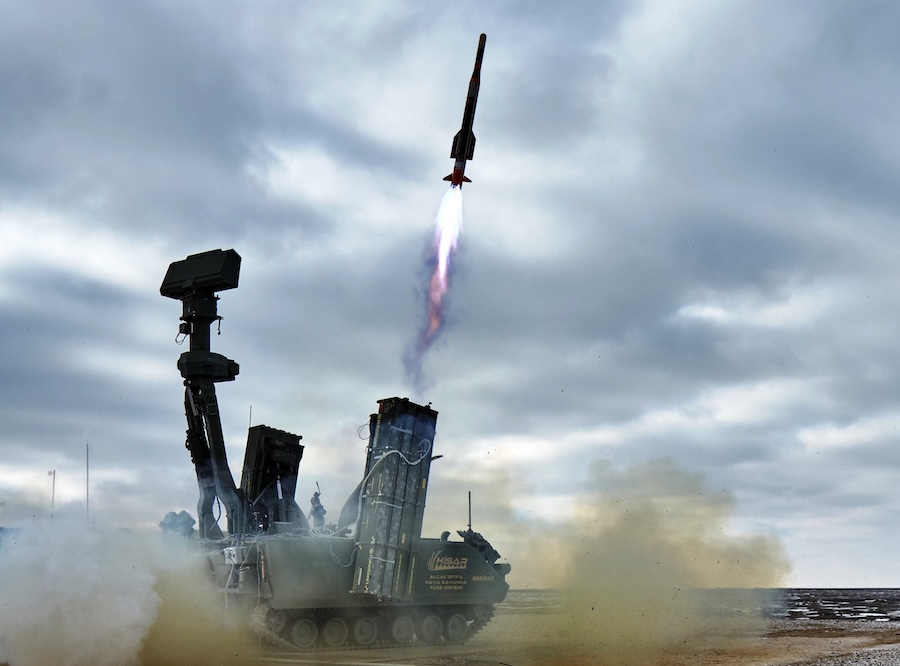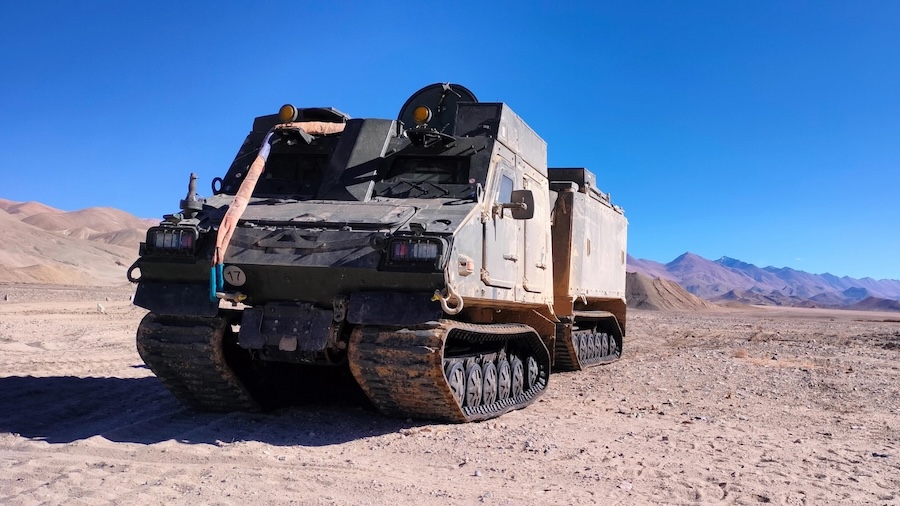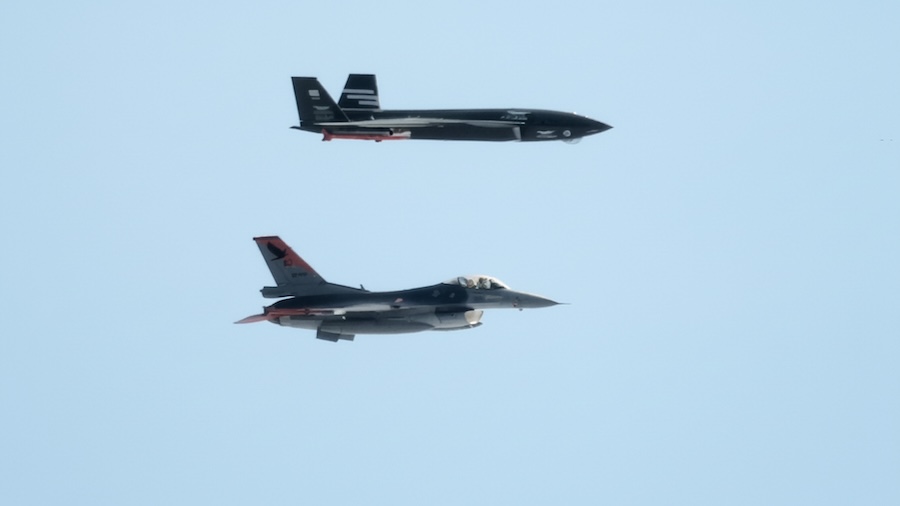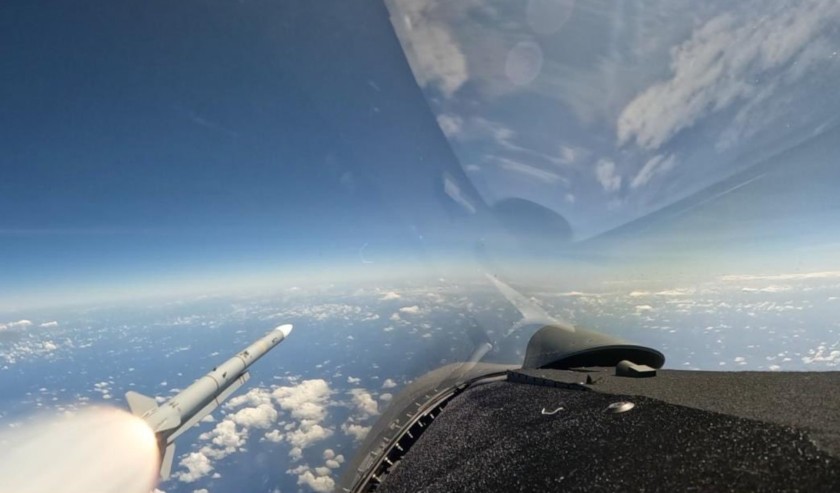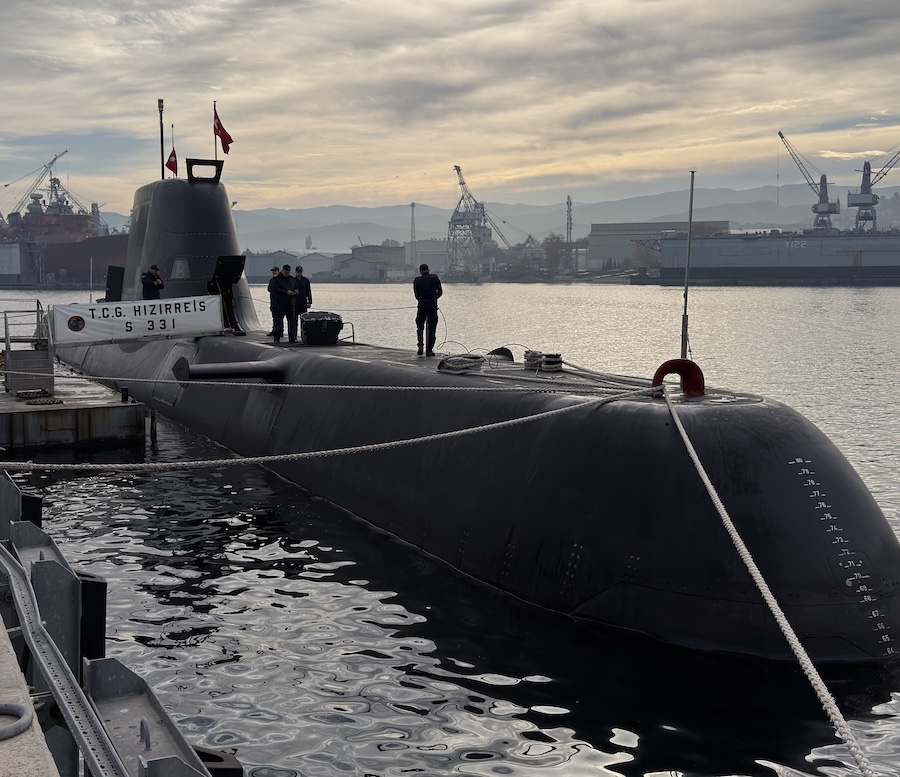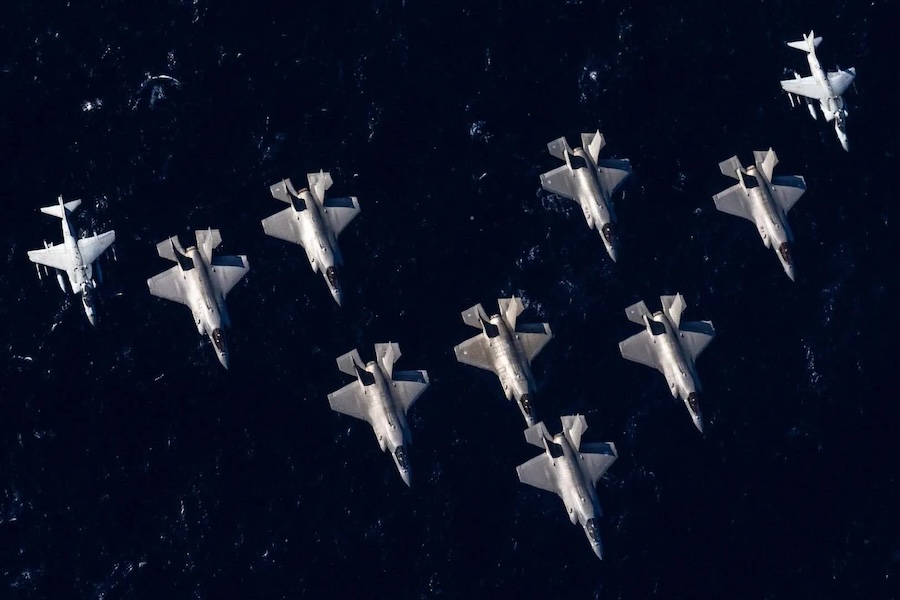“The delivery of the MV-75 Virtual Prototype highlights the transformational power of digital engineering in aircraft development,” said Brigadier General David Phillips, Program Executive Officer for Army Aviation. He added, “Thanks to consistent support from Army leadership, the Department of Defense, and Congress, we’ve been able to accelerate the FLRAA program and bring next-generation aviation capabilities to the warfighter faster than ever.”
The virtual prototypes were created through an innovative acquisition strategy, beginning with the Middle Tier of Acquisition’s rapid prototyping pathway. Following a successful Milestone B decision in June 2024, the FLRAA programme transitioned to the Engineering and Manufacturing Development phase under the Army’s major capability acquisition framework.
The MV-75 FLRAA virtual prototype is a sophisticated simulator built from a digital twin of the actual weapon system. It will support early design enhancements, software development, system integration, and testing while enabling experimentation with tactics, techniques, and procedures through Soldier-led evaluations.
“We are incredibly proud to have reached this critical milestone,” said Colonel Jeffrey Poquette, Project Manager for FLRAA. “Our virtual prototype demonstrates a clear path to delivering a next-generation multi-mission aircraft that will fundamentally change how the Army conducts long-range assault operations.”
The MV-75 is designed to significantly exceed the capabilities of the current fleet, with the ability to fly twice as far and twice as fast. The virtual prototypes will help the Army assess crew interfaces, performance, safety, and overall functionality ahead of physical flight testing, and can later be converted into flight training devices.


